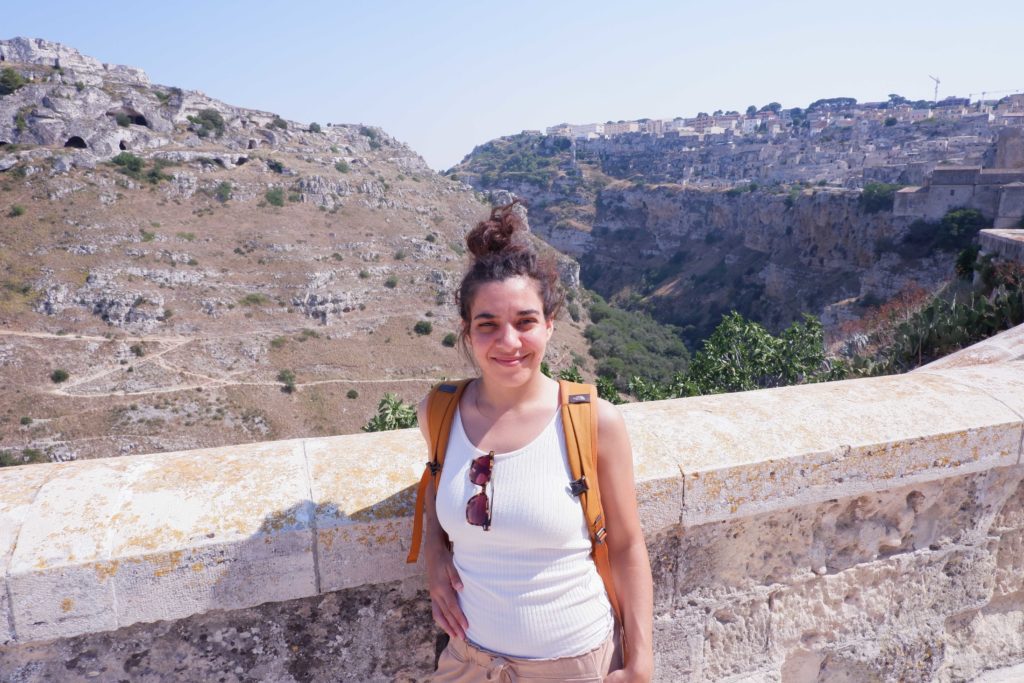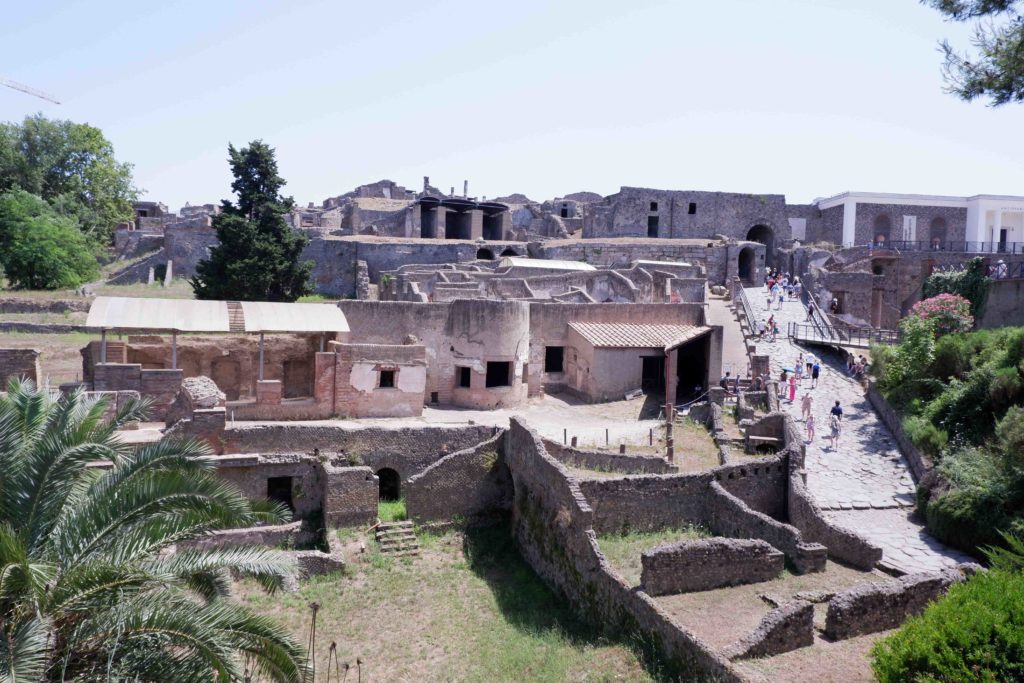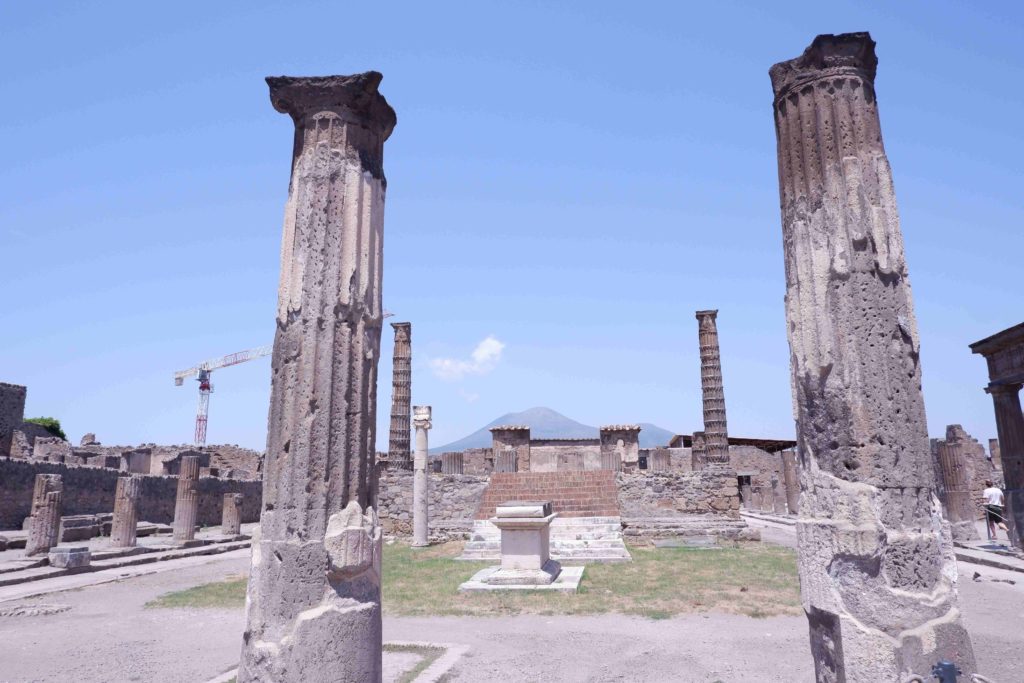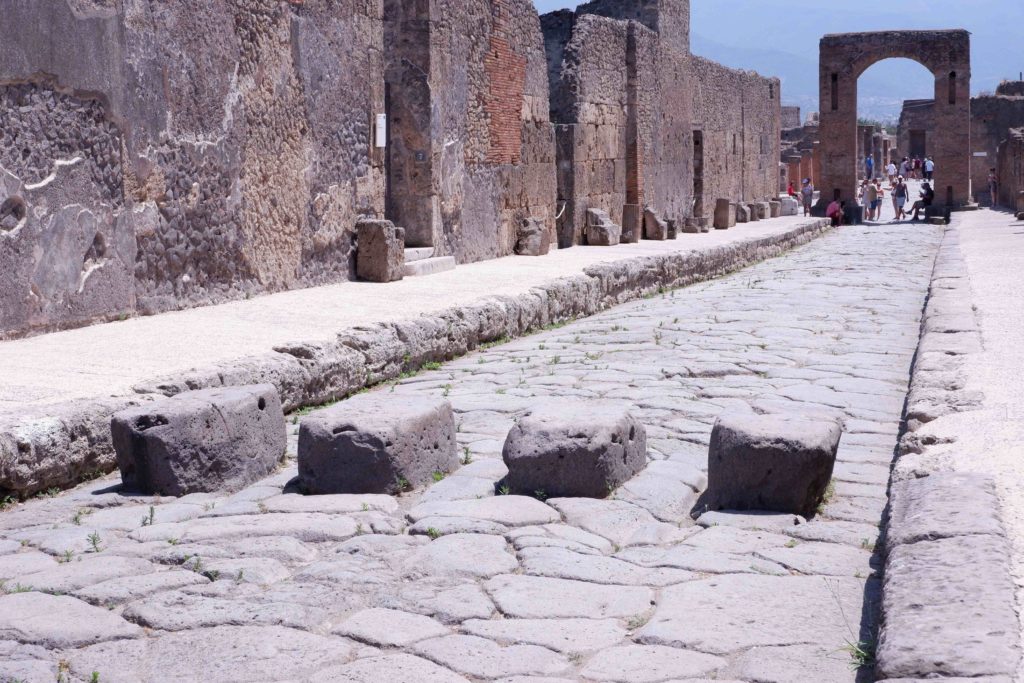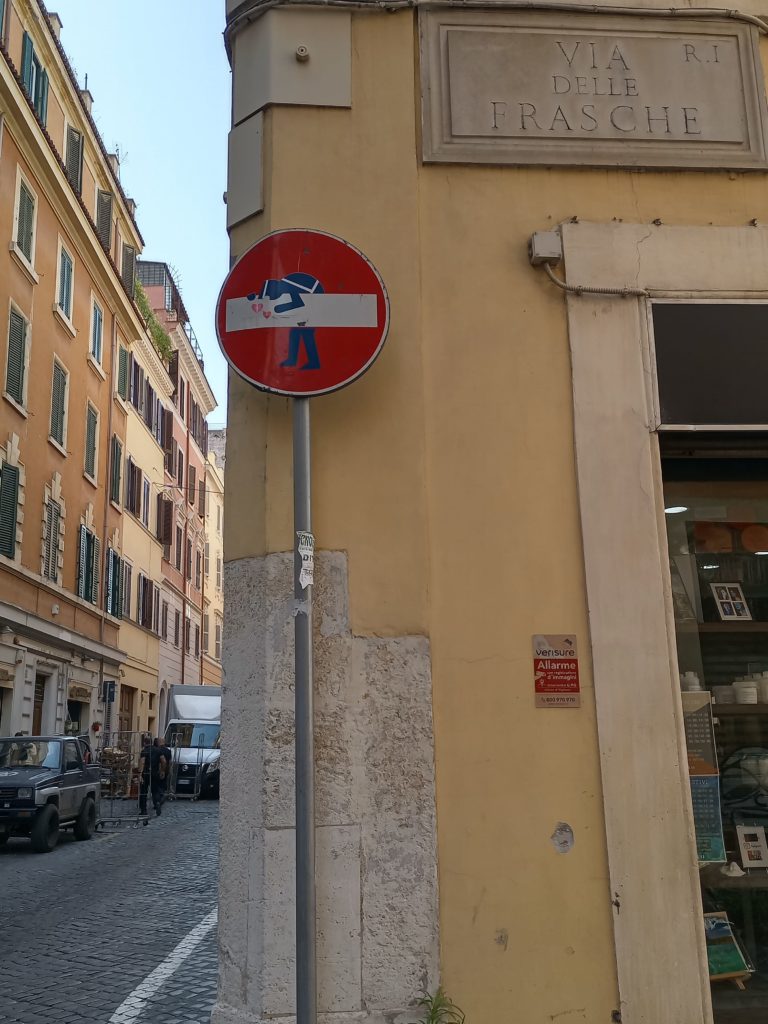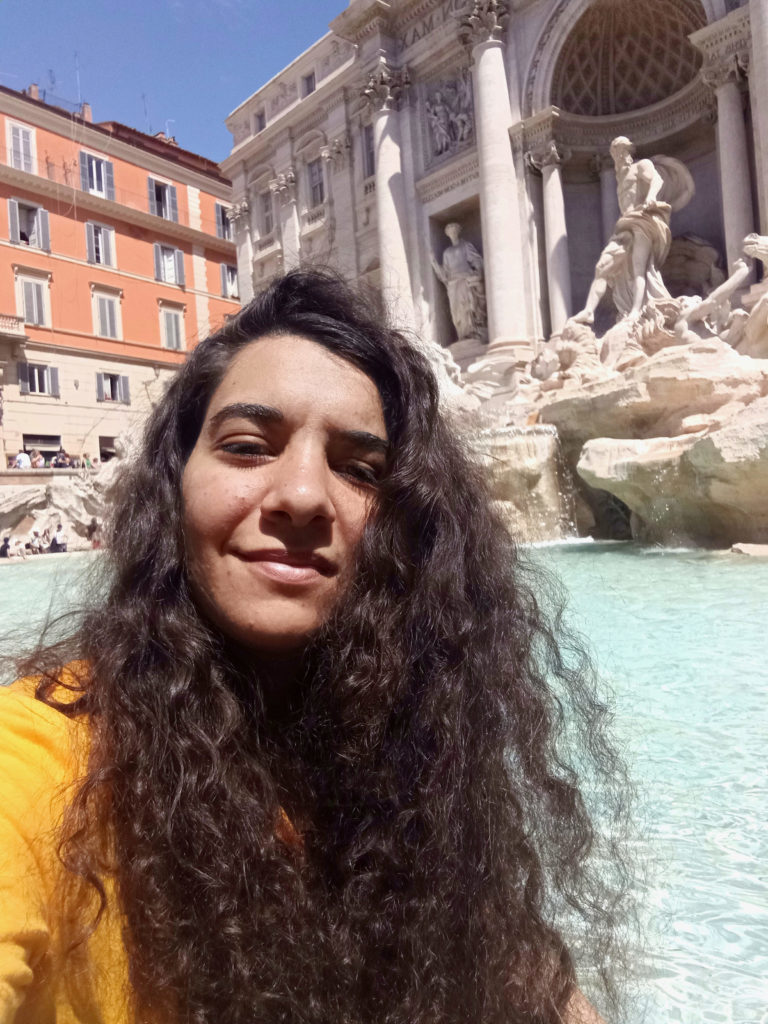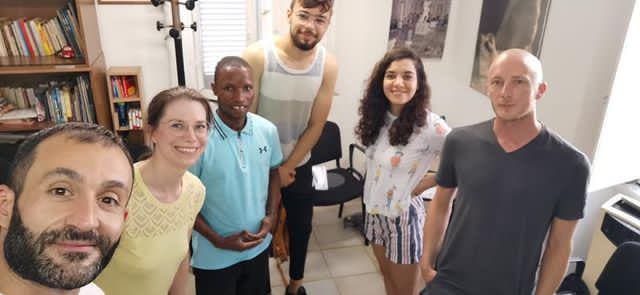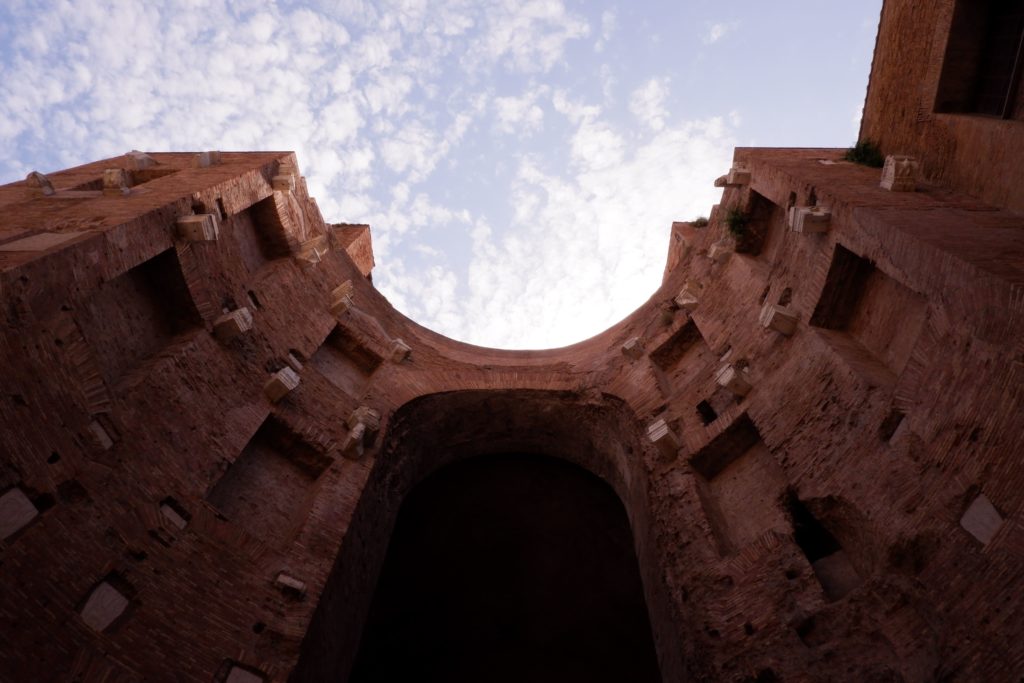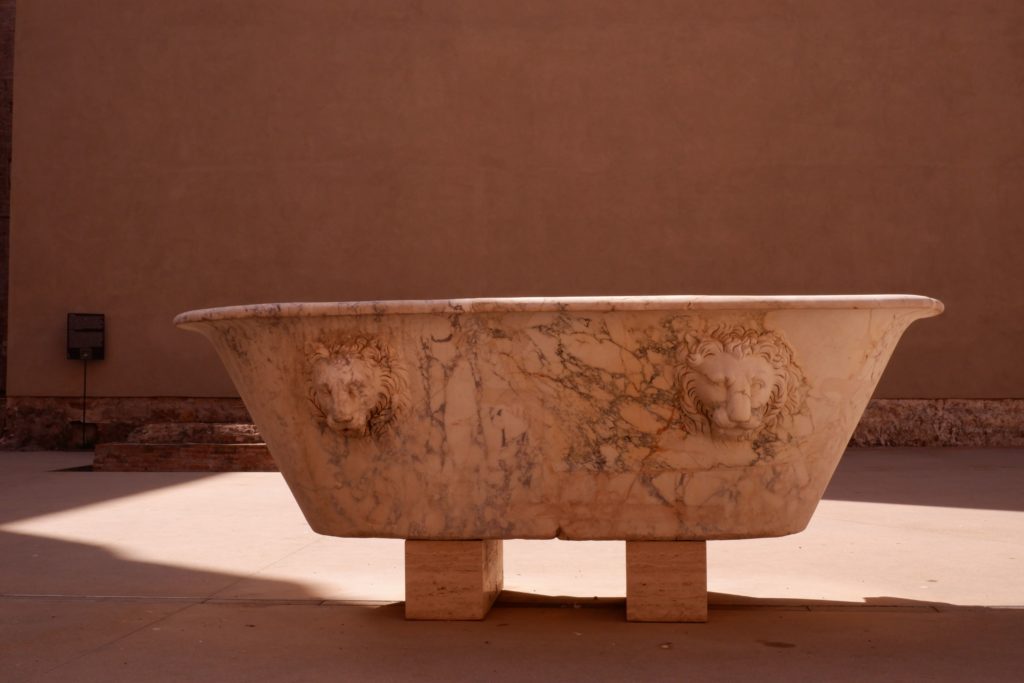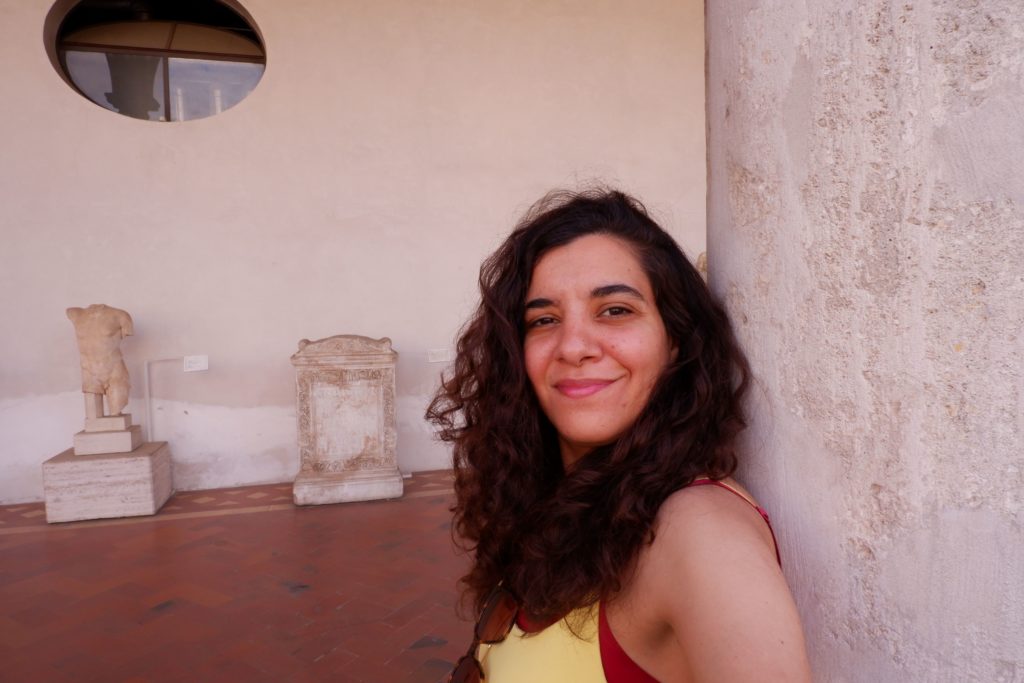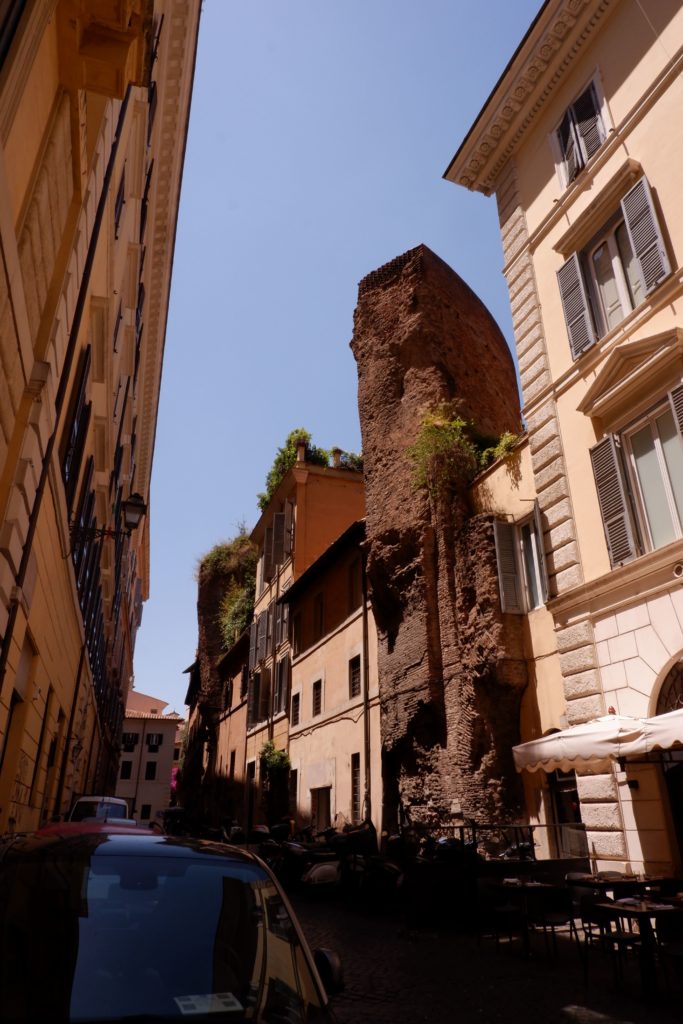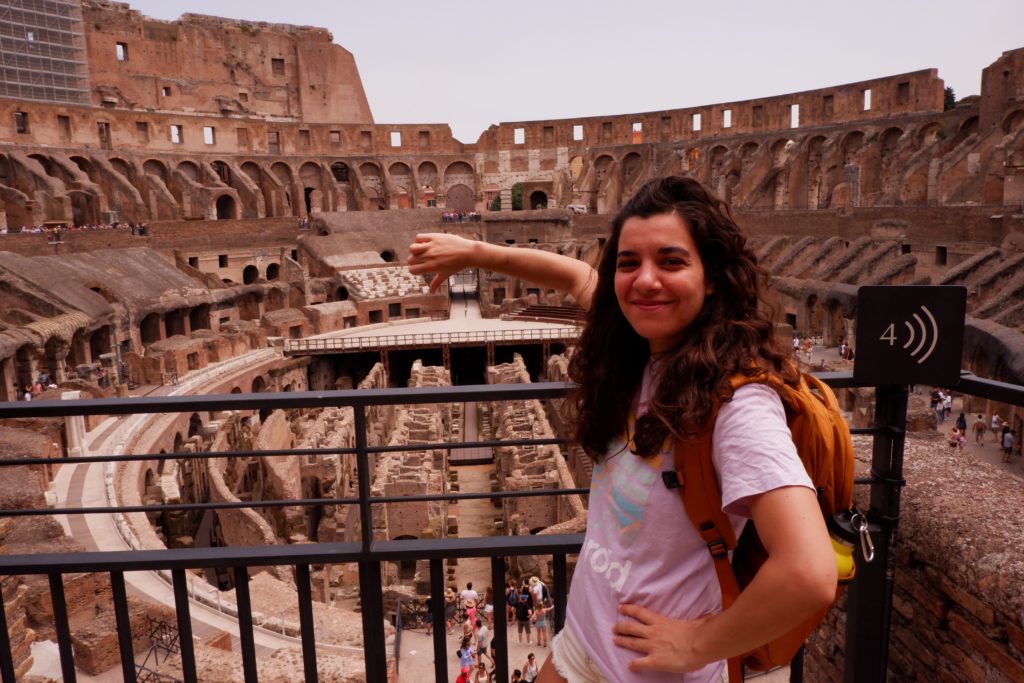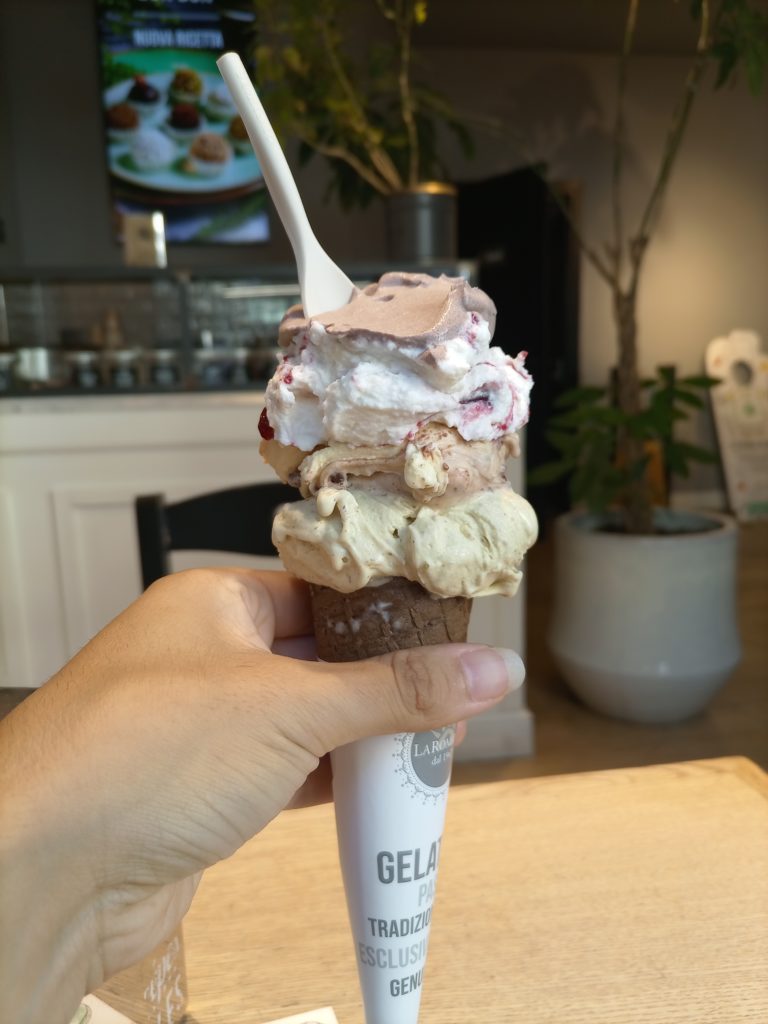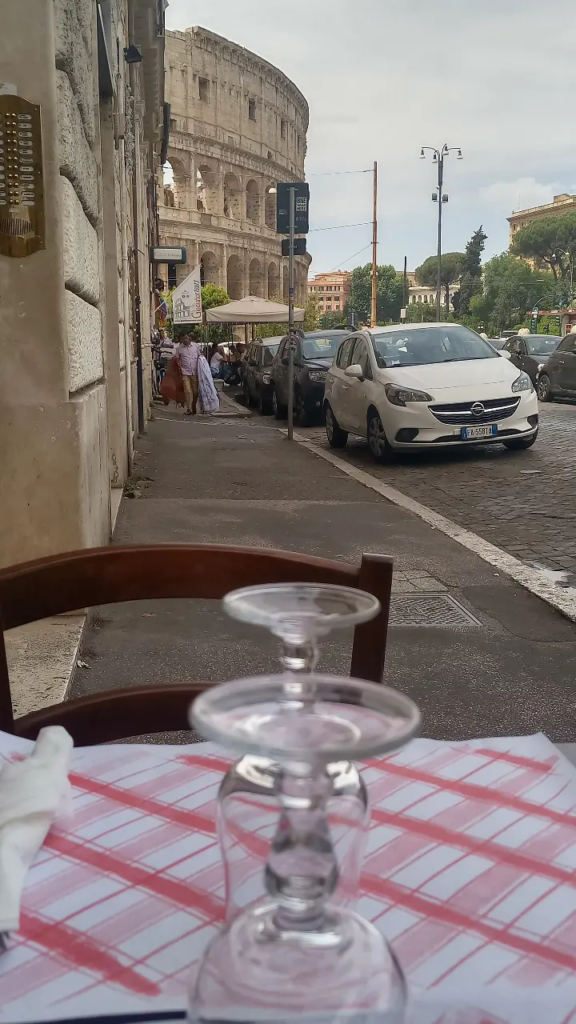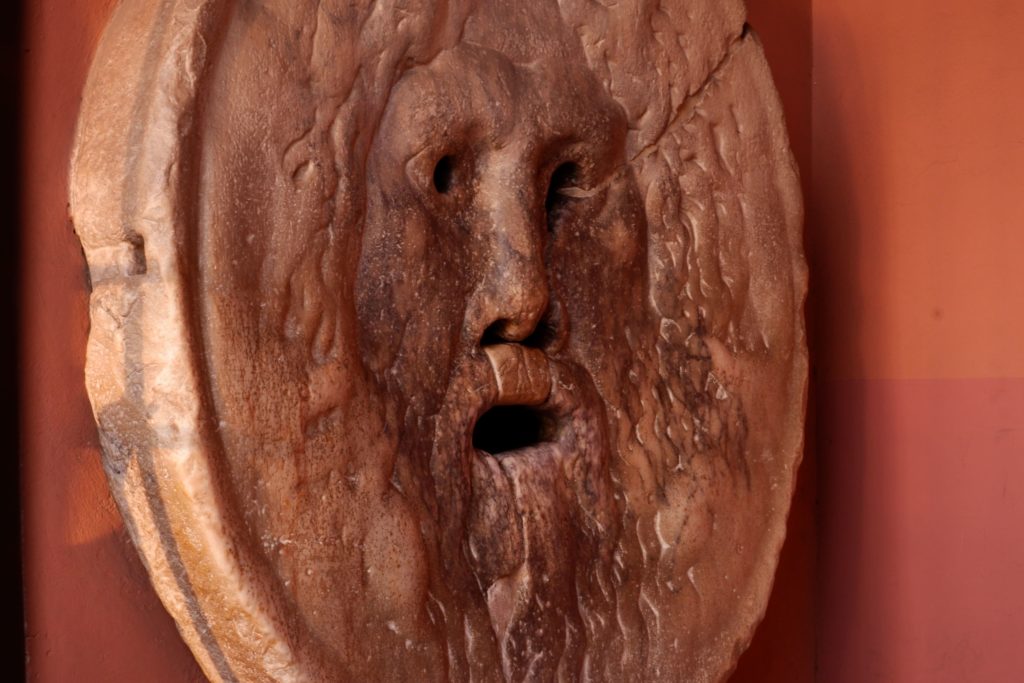I am back in South Bend and I am truly glad to be here. First, because it’s my home, and second because my whole trip was great, and I’m coming back changed, refreshed and better as a person. Of all the things I love about traveling solo, the total independence in making decisions is my favorite and I think you learn a lot about yourself when you act on your desires and needs. Italy has given me so many things, it’s hard to name them all, but I think in the end I will remember the most simple things. Gestures of tenderness or words of love, secrets of a delicious recipe in a minute, fragments of ancient history hidden in a facade, and stories of life, of lives that are nothing like mine.
My last day in Italy was spent on a train. I had traveled to the south of the country and needed to make it to Rome to catch my flight home. The trip would be long, but I would have time to make one last passeggiata through the city at sunset, eat my last carbonara and buy some souvenirs. However, things did not go as I had hoped. The first train I was supposed to take was canceled and I had to take a bus to Naples, and from there take a new train to Rome. This change made me about three hours late, but I would still have time for that delicious dinner and maybe some quick shopping. But things didn’t work out that way. My train left from Naples but no sooner had it made one station than it stopped because a distant fire would not let it move forward. We had to get off the train and wait for hours for a solution.
During those hours I talked to everyone. I met people from all over Italy who spoke different variations of the language and I had to sharpen my ear to understand what they were saying. It was one of the most linguistically challenging experiences of my entire stay in Italy. In every case, I would politely ask to speak slower or paraphrase a sentence. People were anxious and worried, so they talked and talked. I started to take part in the chiacchierata as well, and just like that time went by until a new train came to our rescue.
Finally, I didn’t get to eat that last carbonara and I arrived so late that all the restaurants were closed. I had to settle for ordering Chinese food which was delicious and then went out for a gelato at Fassi, a traditional Roman ice cream shop. I felt exhausted but tremendously grateful for every event of the day. In the end, things happen as they are meant to happen, and taking them as they come, leaving all our expectations aside, is the best lesson a trip can teach us.
Would I recommend studying a language abroad? Absolutely yes. Especially if you are determined to make the most out of your experience. Every day was different and somehow challenging, even if I was having a lot of fun I was out of my comfort zone. I am beyond grateful for everything that this opportunity that The Center for the Study of Languages and Cultures gave me, and all the assistance and help I received from the Staff. I will never get tired of saying how valuable this Summer Language Abroad opportunity was to me. Good Bye, Italy. We will meet again soon.
